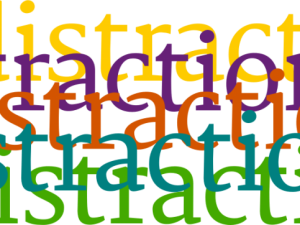
The role of a Project Manager
Do you find yourself asking questions like ‘so what does a project manager do?’ or ‘what should I expect from my project manager?’ If so, read on to find out more.
If your industry produces goods or provides a service such as consultancy and delivery, the chances are you already are or will be working with a project management team. There are three major project types and here at Indigo Ignite we specialise in management projects such as:
Digital solutions | Learning and development | Branding and advertising | Live events
No matter what your industry is, or what size your company is, you can almost certainly expect to need some project management expertise at least once in its lifetime, it can range from a global marketing campaign for the launch of a new brand, to communicating new data and information with a piece of SCORM compliant e-learning on the Learning Management System (LMS).
The role of the project manager (PM) is to deliver these projects no matter how complicated and unachievable they may seem, they are there to make things happen, I like to think of them as ‘conductors’. Simply put, a PM is the person responsible for the project, that is, to ensure the project is successfully initiated, planned, designed, executed, monitored, controlled and closed.
How do they do this?
By undertaking these types of activities on a day to day basis:
|
|
In addition to this, I think PMs need to wear a number of ‘hats’ to be successful:

1. Leader hat – in order to manage projects successfully, people need to follow you
2. Paver hat – if you want a project to be successful you need to get obstacles out of your team’s way and make sure they have a path to follow
3. Supporter hat – as projects move forward, motivation and morale can dwindle, it’s important for a PM to be able to supprt the team through the rough patches
4. Jester hat – things are always easier when you’re having fun, as the PM, it’s up to you to make sure your team is having fun through the life of the project
Although the role of the PM may change depending upon the size, type and nature of the organisation and project, the skills and disciplines required are universal and can be applied to virtually any project.
Remember, if the project is required then the project must be delivered.
To find out more about the way we approach our projects, click here.

